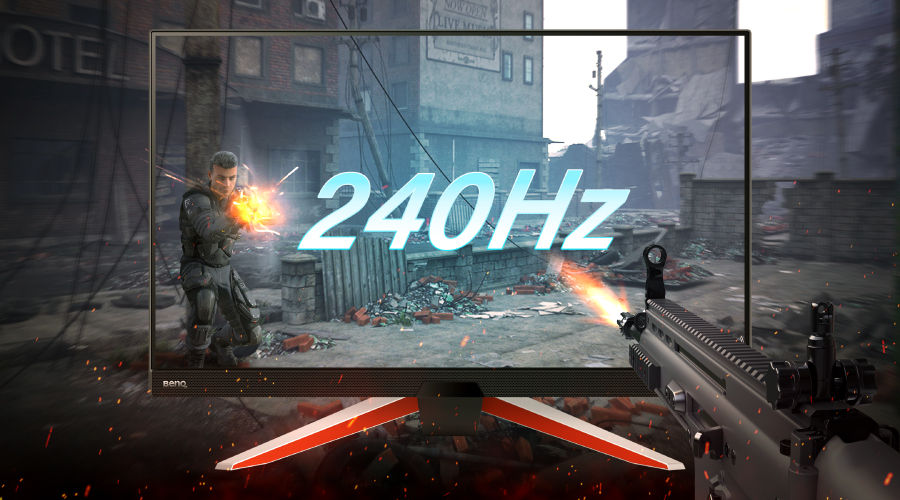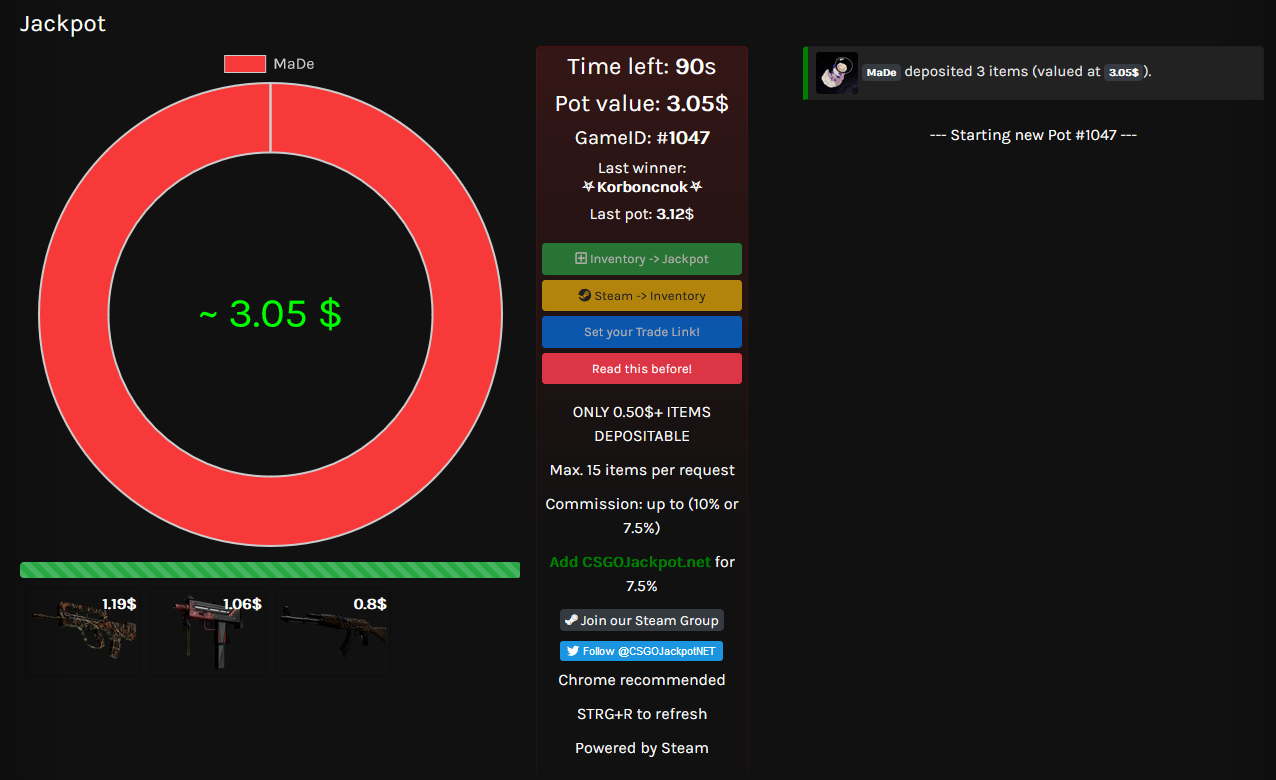
In the ever-evolving landscape of gaming monitors, the debate between 144hz vs 240 hz has become a hot topic among avid gamers and tech enthusiasts. The quest for a smoother and more responsive gaming experience has led to an exploration of higher refresh rates. In this comprehensive guide, we’ll delve into the nitty-gritty details of 144hz vs 240 hz , exploring whether there’s a substantial difference, if 240 hz vs 144hz truly makes a difference, and the nuances between these two refresh rate titans.
Understanding the Basics: 144Hz and 240Hz Defined
Before we dive into the intricacies of the battle, let’s establish a foundation by defining the terms. Refresh rate refers to how many frames per second (Hz) a monitor can display. A 144Hz monitor refreshes the image on the screen 144 times per second, while a 240Hz monitor accomplishes this at an even more impressive rate of 240 times per second. Now, let’s explore the nuanced disparities and determine whether the extra frames truly matter.
Pitting the Titans: 144Hz vs 240Hz
Unveiling the Visual Feast: 144Hz Display
The 144Hz display has long been the standard for gamers seeking a balance between performance and affordability. Rendering 144 frames per second results in exceptionally smooth visuals, reducing motion blur and enhancing the overall gaming experience. It’s the sweet spot for many gamers, providing a noticeable upgrade from traditional 60Hz displays.
The Quantum Leap: 240Hz and Beyond
Stepping into the realm of 240 hz vs 144hz , the question arises – does the jump from 144hz vs 240 hz bring a substantial difference? The answer lies in the pursuit of absolute fluidity. A 144hz vs 240 hz display, with its lightning-fast refresh rate, minimizes input lag and motion blur to an extent that can be perceived by the keenest eyes. This leap is especially appreciated in fast-paced competitive gaming scenarios.
Does 240Hz Make a Difference?
In the relentless pursuit of the perfect gaming experience, the question that often echoes in the minds of enthusiasts is, “Does 240Hz make a difference?” This crucial inquiry is at the heart of the ongoing debate between 144Hz and 240Hz. It’s not merely about the numbers on the refresh rate scale but about discerning whether the leap to 240Hz truly brings a substantial difference in gaming performance. For some, the answer is a resounding yes, as the heightened refresh rate of 240Hz undeniably makes a difference in responsiveness, motion clarity, and overall gaming immersion.
Unveiling the Fluidity: Gaming Experience Redefined
As gaming becomes increasingly competitive, every millisecond counts. A 240 hz vs 144hz display does make a tangible difference, particularly in scenarios where split-second decisions determine victory or defeat. The responsiveness and clarity offered by 240Hz can be a game-changer for professional gamers and enthusiasts aiming for the pinnacle of performance.
Beyond Gaming: Everyday Applications
While the benefits of 240Hz are most pronounced in gaming, they also extend to everyday computing tasks. The smoothness and responsiveness spill over into general use, providing an overall enhanced user experience. The transition from gaming to productivity is seamless, making 240Hz monitors a versatile choice for those who demand excellence in every aspect.
240Hz vs 144Hz: Decoding the Numbers
The Numbers Game: Analyzing Refresh Rates
In the ongoing clash of 240 Hz vs 144Hz, it’s essential to dissect the numbers and understand their impact. The 240Hz advantage becomes more apparent as the frame rate climbs, especially in fast-paced genres like first-person shooters. The heightened refresh rate translates to smoother animations, reduced input lag, and a competitive edge that can’t be overlooked.
The Dilemma of Diminishing Returns
However, it’s crucial to acknowledge the law of diminishing returns. The perceptible is there a difference between 144hz and 240hz may not be as stark as the leap from 60Hz to 144Hz. The human eye has its limitations, and not everyone may discern the subtle nuances that a 240Hz display offers. It raises the question of whether the investment justifies the incremental gain in performance.
144Hz vs 240Hz: Navigating the Purchase Decision
Budget Considerations: The 144Hz Advantage
For budget-conscious gamers, the 144Hz option remains an attractive proposition. It delivers an exceptional gaming experience without the premium price tag associated with higher refresh rates. The affordability factor makes 144Hz monitors accessible to a broader audience, ensuring that the gaming community doesn’t need to break the bank for an immersive experience.
In the exhilarating debate of 240 vs 144hz , the crux lies in dissecting the numbers and understanding their impact on the gaming experience. The clash between 240 vs 144Hz is not merely a numbers game but a pivotal decision for gamers seeking the perfect balance of performance and affordability. The leap from 240 vs 144hz becomes a focal point, and the question lingers – does the extra 96Hz truly make a substantial difference? Exploring this battleground is essential for anyone navigating the maze of gaming monitor options, ensuring they make an informed choice that aligns with their gaming ambitions and preferences.
Performance Enthusiasts: Embracing the 240Hz Era
On the other end of the spectrum, performance enthusiasts and professional gamers are likely to gravitate toward the unparalleled smoothness of a 240 vs 144hz display. The investment in a high-refresh-rate monitor becomes a strategic move for those seeking the absolute best in responsiveness and visual clarity.
Is There a Difference Between 144Hz and 240Hz?
Verdict: The Eyes of the Beholder
In the relentless pursuit of the perfect gaming experience, the difference between 144Hz and 240Hz is subjective. It hinges on individual preferences, gaming genres, and the discerning eye of the beholder. For some, the 144Hz sweet spot strikes the right balance, while others crave the unmatched fluidity that only a 240Hz display can deliver.
In the ongoing debate surrounding gaming monitors, the pivotal question often boils down to the choice between 144 vs 240 hz. Enthusiasts frequently find themselves at the crossroads of deciding whether the extra frames offered by 240Hz truly justify the investment over the reliable and cost-effective 144 vs 240 hz option. Understanding the nuances of 144 vs 240 Hz becomes crucial in making an informed decision that aligns with individual preferences and gaming requirements. Let’s delve into the specifics to decipher the distinctive characteristics of 144Hz vs 240Hz, ensuring that the choice made is not just a matter of numbers but a tailored selection based on a gamer’s unique needs.
Conclusion: Choosing Your Frame Rate Destiny
As we conclude our journey through the realms of 144Hz vs 240Hz, it’s clear that both options cater to distinct needs within the gaming community. The battle is not about which is superior but about finding the frame rate destiny that aligns with your preferences and gaming ambitions. Whether you opt for the tried-and-true 144Hz or venture into the exhilarating territory of 240Hz, the ultimate victory lies in the seamless fusion of performance, affordability, and personal preference. Choose wisely, fellow gamers, for your frame rate destiny awaits.


